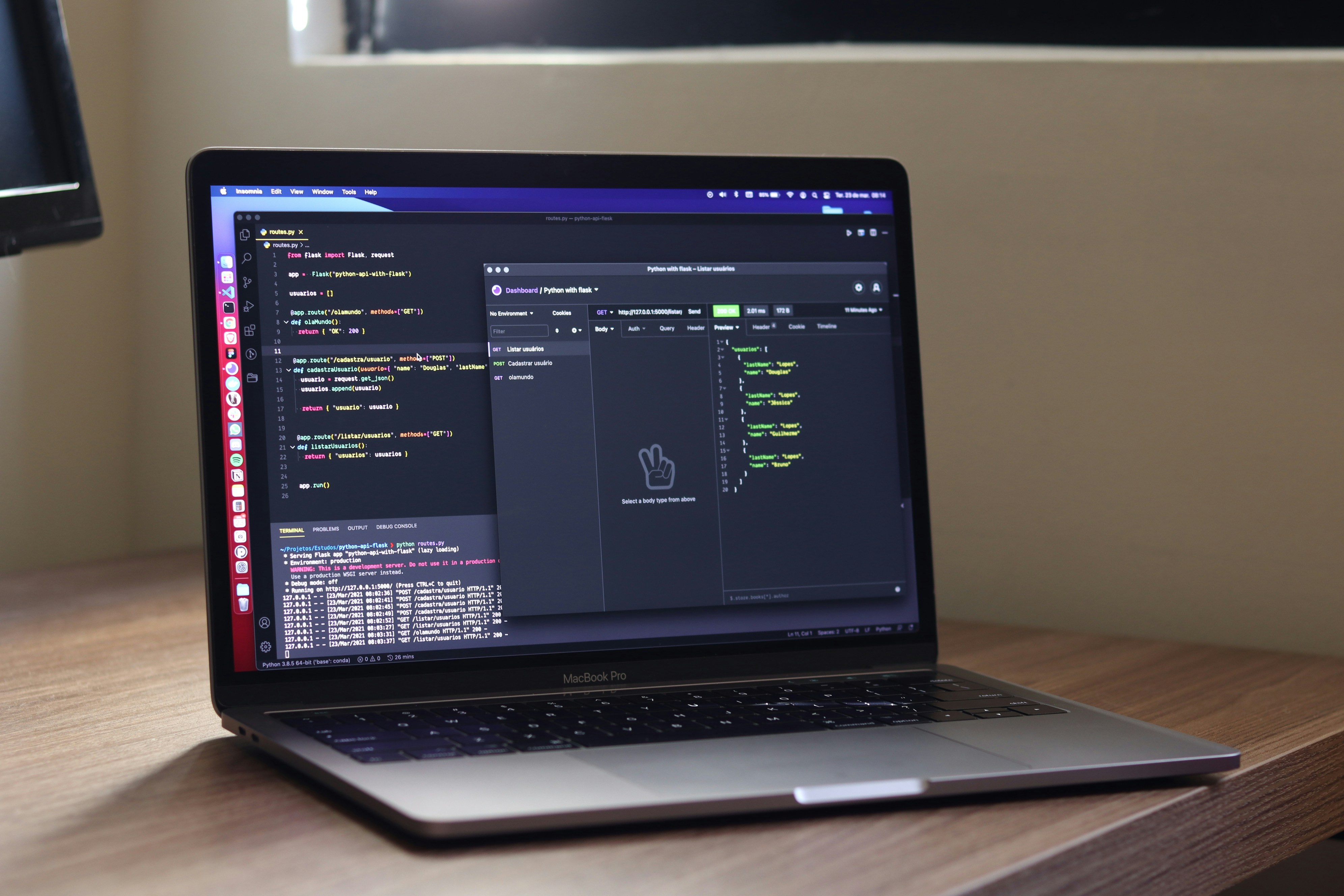AI-Driven Code Complexity Analysis: Simplifying the Incomprehensible
2025-05-05

As codebases grow exponentially in size and complexity, understanding what makes code difficult to maintain has become a critical challenge for development teams. Traditional complexity metrics like cyclomatic complexity and Halstead metrics have served us well, but they often fail to capture the nuanced, contextual nature of what makes code truly complex for human developers. Enter AI-driven code complexity analysis—a revolutionary approach that's redefining how we measure, understand, and ultimately reduce complexity in modern software systems.
Beyond Traditional Complexity Metrics
Traditional complexity metrics have always been somewhat one-dimensional. Cyclomatic complexity counts decision points. Maintainability indices apply formulas to code attributes. But these approaches miss something fundamental: complexity is contextual and depends on more than just structural properties.
AI-driven complexity analysis takes a more holistic approach by considering factors that traditional metrics simply can't capture:
# Traditional complexity tools might see this as simple (low cyclomatic complexity)
def process_data(data):
return {k: sum([x.get('value', 0) for x in v if x.get('active')])
for k, v in data.items() if k not in EXCLUDED_KEYS}
# But AI can recognize this is harder to understand than:
def process_data(data):
result = {}
for key, values in data.items():
if key in EXCLUDED_KEYS:
continue
total = 0
for item in values:
if item.get('active'):
total += item.get('value', 0)
result[key] = total
return resultAI models can be trained on vast codebases to understand that while both implementations have similar computational complexity, the second version is significantly more readable and maintainable for most developers.
Semantic Complexity Detection
One of the most powerful capabilities of AI-driven complexity analysis is semantic understanding—the ability to grasp what code is trying to accomplish rather than just how it's structured.
Modern language models can identify when code is doing something unnecessarily complex or when it's implementing a well-known algorithm in an obscure way:
// AI can recognize that this complex implementation...
function isPrime(num) {
let i = 2;
const limit = Math.sqrt(num);
while (i <= limit) {
if (num % i === 0) {
return false;
}
i++;
}
return num > 1;
}
// ...could be refactored to use well-known algorithms or libraries
// that would make the code's intent clearer and reduce maintenance burdenBy understanding the semantic intent of code, AI can suggest alternatives that accomplish the same goal with lower cognitive load for developers who will maintain the code in the future.
Contextual Complexity Analysis
Perhaps the most revolutionary aspect of AI-driven complexity analysis is its ability to consider context. The same piece of code might be perfectly clear to one team but opaque to another, depending on domain knowledge, coding conventions, and team experience.
AI systems can now analyze complexity in the context of:
- Your specific codebase and its conventions
- Your team's domain knowledge and expertise
- The specific programming paradigms you employ
- Documentation quality and availability
# In a data science team, this might be perfectly clear:
X_train = StandardScaler().fit_transform(X_train)
model = RandomForestClassifier(n_estimators=100, max_depth=5)
model.fit(X_train, y_train)
# But in a team of backend developers, this might need more explanation
# AI can detect this contextual complexity and suggest more documentationBy understanding these contextual factors, AI can provide tailored recommendations that make sense for your specific situation rather than applying one-size-fits-all rules.
Complexity Prediction and Trend Analysis
Moving beyond just analyzing current code, AI systems are now capable of predicting how complexity will evolve over time. By analyzing commit histories and code changes, these systems can identify patterns that lead to increasing complexity:
ProjectComplexityAnalyzer results:
- Current complexity score: 68/100
- Predicted complexity in 6 months: 83/100
- High-risk modules:
* authentication.js (growing 2.3x faster than average)
* data_processor.py (refactored 5 times in last 3 months)
* user_management/ (6 developers actively modifying, high conflict rate)This predictive capability allows teams to take proactive measures before complexity becomes unmanageable, focusing refactoring efforts where they'll have the most impact.
Integrating AI Complexity Analysis into Development Workflows
The true power of AI-driven complexity analysis emerges when it's seamlessly integrated into existing development workflows. Modern tools are enabling this integration at multiple levels:
- IDE Integration: Real-time complexity feedback as you code
- CI/CD Pipeline Analysis: Complexity checks as part of automated builds
- Code Review Assistance: AI-powered suggestions during review processes
- Sprint Planning: Complexity metrics to inform task estimation
Here's how a GitHub Actions workflow might incorporate complexity analysis:
name: Code Quality Check
on:
pull_request:
branches: [ main ]
jobs:
complexity-analysis:
runs-on: ubuntu-latest
steps:
- uses: actions/checkout@v3
with:
fetch-depth: 0 # Full history for trend analysis
- name: Run AI complexity analyzer
uses: example/ai-complexity-analyzer@v2
with:
github-token: ${{ secrets.GITHUB_TOKEN }}
threshold: 75
context-aware: true
team-profile: "backend-team"By making complexity analysis a standard part of the development process, teams can catch potential issues early and maintain consistent code quality over time.
Conclusion
AI-driven code complexity analysis represents a paradigm shift in how we think about and manage software complexity. By moving beyond simple metrics to understand semantic meaning, context, and future trends, these tools are enabling developers to build more maintainable, understandable code bases.
As these technologies continue to evolve, we can expect even more sophisticated analyses that consider not just the code itself but the entire socio-technical system in which it exists. The result will be software that's not just functionally correct but truly comprehensible—a goal that has eluded the industry since its inception.
The next time you're staring at a piece of code wondering "why is this so complicated?", remember that AI might be able to not only answer that question but help you simplify the incomprehensible.
Enjoyed this article?
Subscribe to get notified when we publish more content like this.